
Fifteen years after the return of wolves to Yellowstone National Park a beautifully revitalized ecosystem is emerging. Oregon State University researchers working at the park say their observations provide “persuasive” evidence of the importance of top predators to biodiversity and ecosystem health.
“Yellowstone increasingly looks like a different place,” said William Ripple, lead author of a new study examining the park’s health. “These are still the early stages of recovery, and some of this may still take decades. But trees and shrubs are starting to come back and beaver numbers are increasing. The signs are very encouraging.” Ripple’s study appears in the journalBiological Conservation. The study documents the myriad of changes that have taken place since wolves were restored to Yellowstone after being extirpated in the 1920s.
Key observations in the study include:
- Northern range elk populations decreased from more than 15,000 individuals in the early 1990s to about 6,000 last year, providing much needed relief to vegetation. By 2006, some aspen trees had grown tall enough they were no longer susceptible to browsing by elk, and cottonwood and willow were also beginning to return in places.
- Improved willow growth is providing habitat that allows for a greater diversity and abundance of songbirds such as the common yellowthroat, warbling vireo and song sparrow.
- The number of beaver colonies in the same area increased from one in 1996 to 12 in 2009, with positive impacts on fish habitat.
- Increases in beaver populations have strong implications for riparian biodiversity – streams with beaver ponds have been found to have 75 times more abundant waterfowl than those without.
- The coyote population decreased with the increase in wolf numbers, allowing more small mammals that provide food for other avian and mammalian predators, such as red foxes, ravens and bald eagles.
Related:
Discuss this article in our forum
Predator-prey relationships a key driver in nature’s synchronicity
Plummeting Shellfish Stocks Blamed On Shark Overfishing
Of Pendulums And Predation
Predator-prey dynamics used to model cloud systems

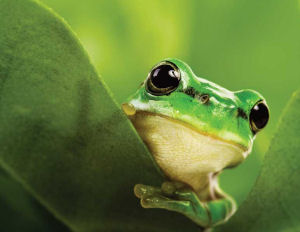
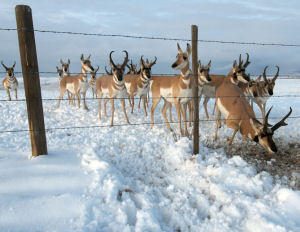
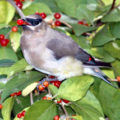
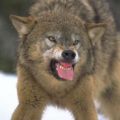



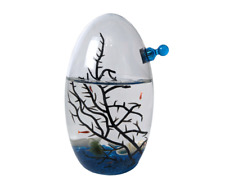
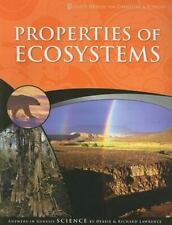




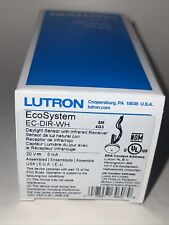
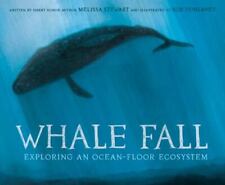
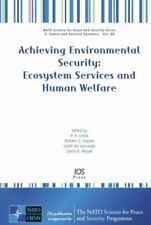
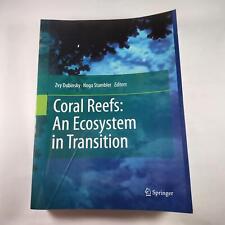
Comments are closed.